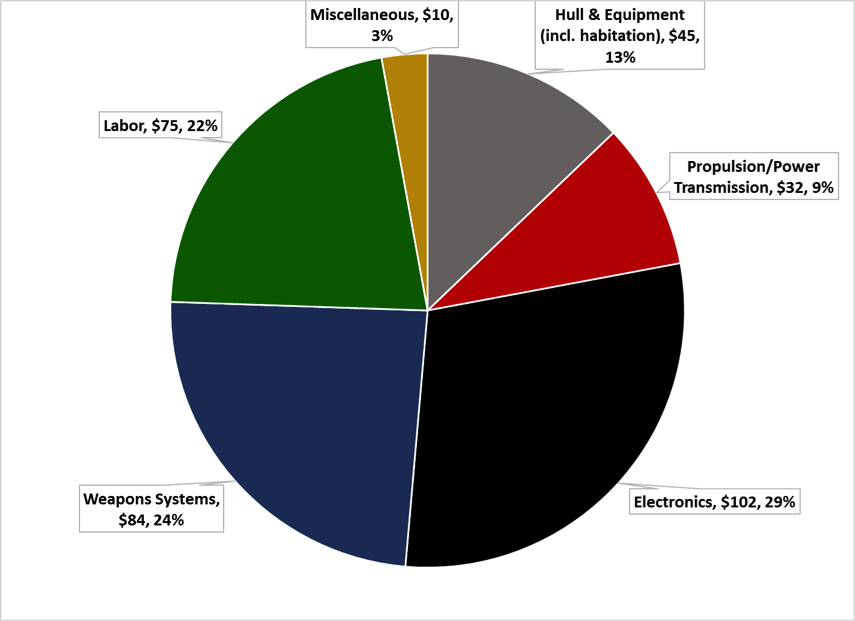The notion that the US Military Complex is making significant profits on the contracts is just not supported by the facts. Yes commercial companies in a free market exist to profit from its enterprise. The ones engaging in military contracts are within the norm of any profitable sector because free market forces dictate its overall behaviour. For example, Huntington's recent financial disclosure shows an operating income in the region of 10 % - hardly the 100 % plus as in your speculation.
The prices went up because the US military complex has far less competing companies in this decade back to compared in the 1950s. How many shipyards were still there in 1955? How many aircraft companies were still there in 1955? Compared to now.
Commercial companies compete in the free market means reduced profits and even losses. Although there is now a clear trend to consolidation, the big fish eating the small fish, like what happened to the military industry. You can expect ship prices to go up once there are few fish left.
The US shipbuilding industry has another problem. It does not have a commercial shipping industry to live on. That means all the cost of the military contracts have to include all the costs to keep that shipyard surviving. That raises your cost entirely.
The Chinese shipbuilding industry doesn't need military contracts to live, and in fact it was said they prefer doing commercial contracts because it makes more money --- apparently the Chinese government dictate to the SOEs the profit margins the shipbuilders can put on the military contracts.
The same can be said of the S. Korean, Japanese, and European shipbuilding companies, except they can dictate profits on the military contracts on their own. They do not need military contracts to survive but its an added bonus to their income. The shipbuilding business is cutthroat enough with bidders constantly undercutting each other, so any contract to keep the company working is welcome.
Then there is to a certain extent that their governments support these shipbuilding industries, despite WTO rules. US shipbuilding companies don't have such government support.

